The 7Ps of Marketing Mix
Marketing success depends on how well a business coordinates different elements to meet customer needs. The 7Ps of Marketing Mix is an extension of the classic 4Ps model, adding three crucial components to create a more complete strategy.
This framework helps businesses analyze and optimize every aspect of their marketing efforts—from product development to customer service.
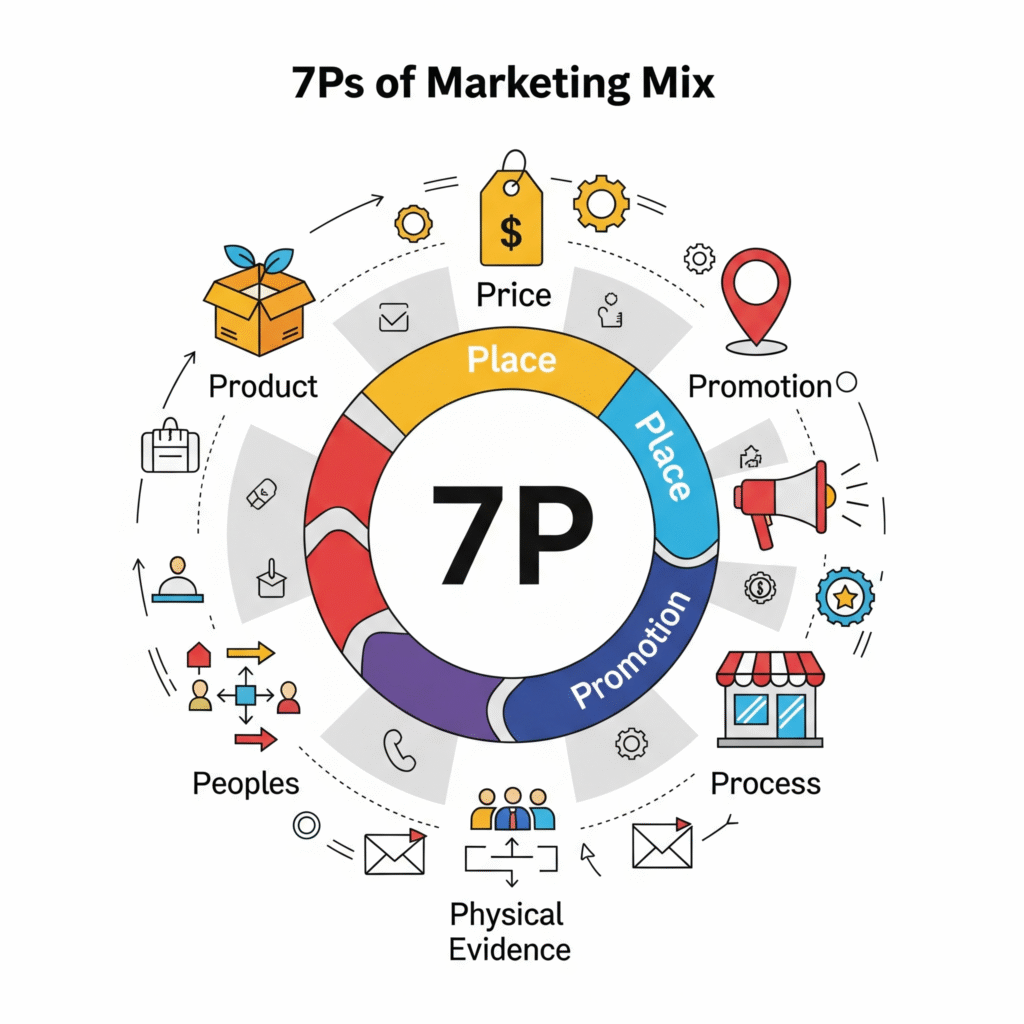
1. PRODUCT
The Product is the core offering that satisfies customer needs. It includes not just the physical item but also its features, quality, design, branding, and even intangible aspects like warranties or customer support. A strong product solves a problem or fulfills a desire better than competitors.
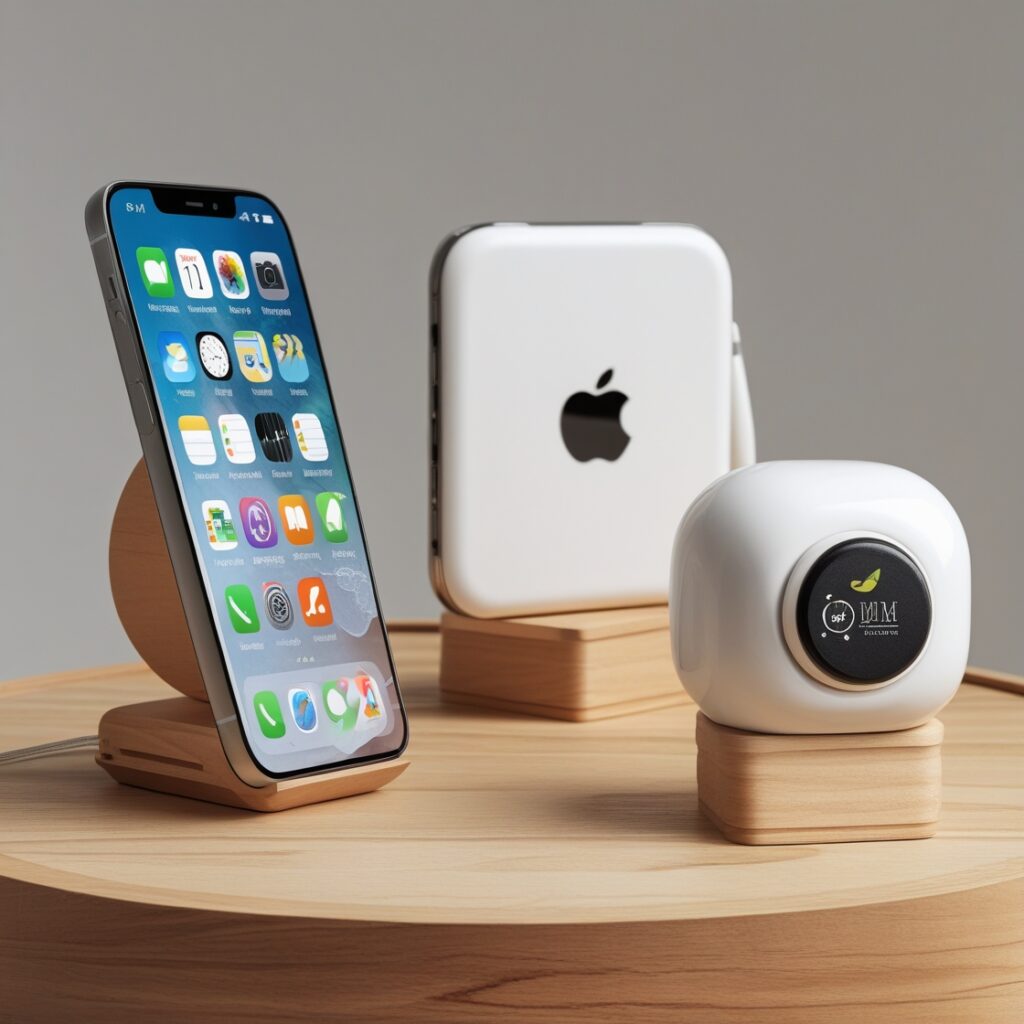
Apple’s iPhone is more than just a smartphone—it’s a status symbol with cutting-edge technology, seamless integration with other Apple devices, and a strong ecosystem (App Store, iCloud). Apple continuously innovates to maintain its premium positioning, ensuring customers perceive high value in its products.
2. PRICE
Price determines how much customers pay for a product and directly impacts profitability, brand perception, and market positioning. Pricing strategies vary—some brands use premium pricing (e.g., Rolex), while others adopt penetration pricing (e.g., Netflix’s early low-cost subscriptions) to attract customers.

Tesla is a great example of value-based pricing. Despite being more expensive than many traditional cars, Tesla justifies its price through innovation (self-driving tech), sustainability (electric vehicles), and brand prestige. The company also adjusts prices dynamically based on demand and production costs
3. PLACE (Distribution)
Place refers to how and where customers access a product. A well-planned distribution strategy ensures convenience and availability, whether through physical stores, e-commerce, or third-party retailers.

Amazon dominates this P with its global e-commerce platform, fast shipping (Amazon Prime), and an extensive network of fulfillment centers. The company also uses an omnichannel approach, blending online shopping with physical stores like Amazon Go, making purchasing seamless for customers.
4. PROMOTION
Promotion covers all communication efforts to attract and retain customers. This includes advertising, PR, social media marketing, sales promotions, and influencer collaborations. Effective promotion builds brand awareness and drives sales.
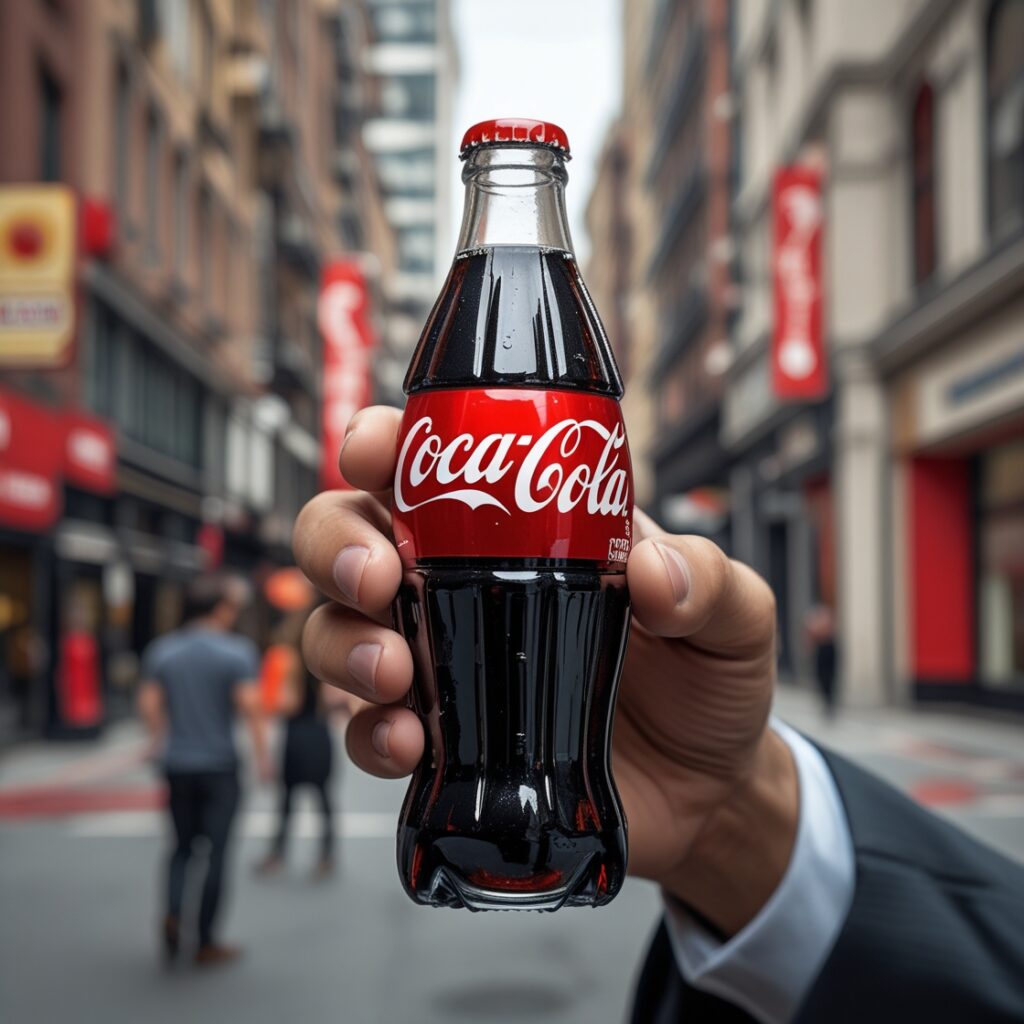
A standout example is Coca-Cola’s “Share a Coke” campaign, which replaced its logo with popular names on bottles. This personalized marketing strategy encouraged social media sharing, boosted engagement, and strengthened emotional connections with consumers.
5. PEOPLE
People refers to employees, customer service representatives, and sales teams who interact with customers. Exceptional service builds loyalty and positive word-of-mouth.
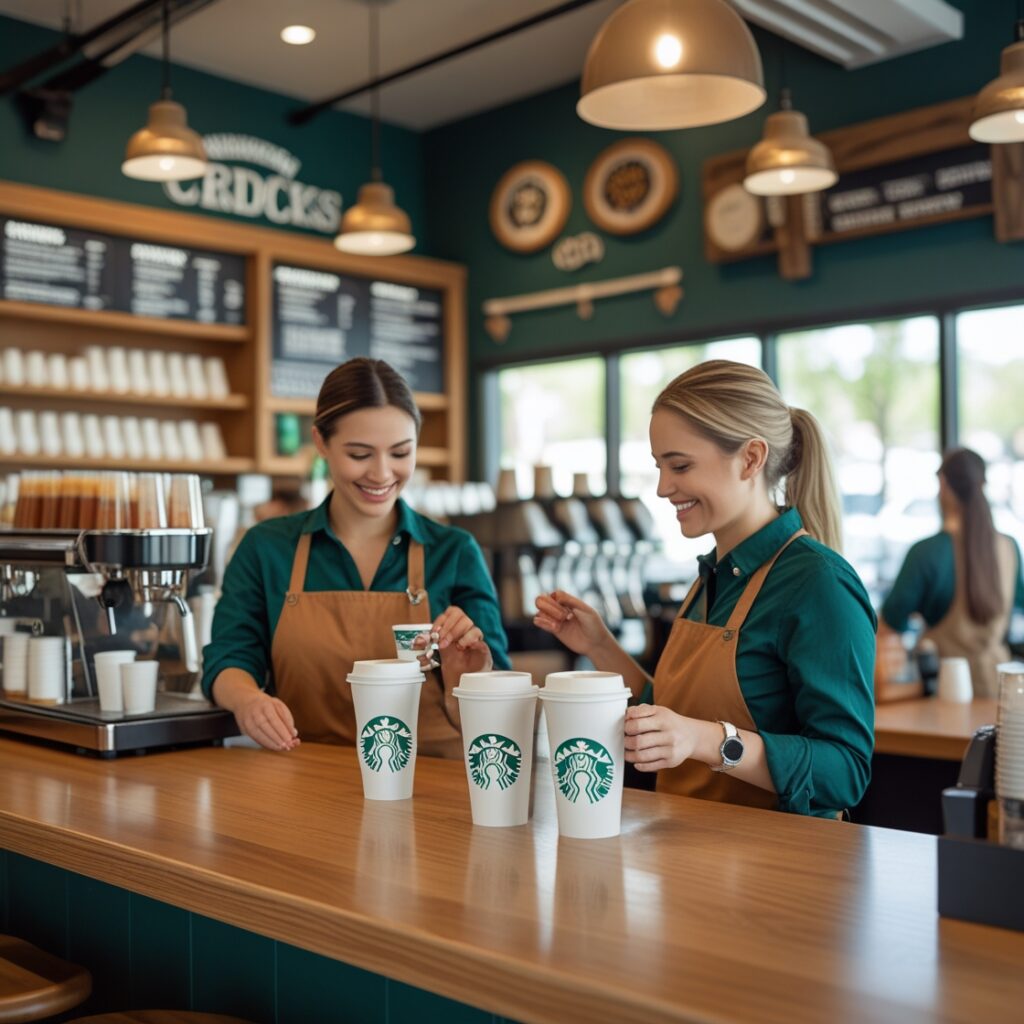
Starbucks excels in this area by training baristas to provide personalized experiences. Friendly service, drink customization, and a welcoming atmosphere turn casual buyers into loyal customers. Happy employees lead to satisfied customers, reinforcing brand loyalty.
6. PROCESS
Process involves the systems and procedures that deliver a product or service efficiently. A smooth process enhances customer satisfaction by reducing wait times and ensuring consistency.
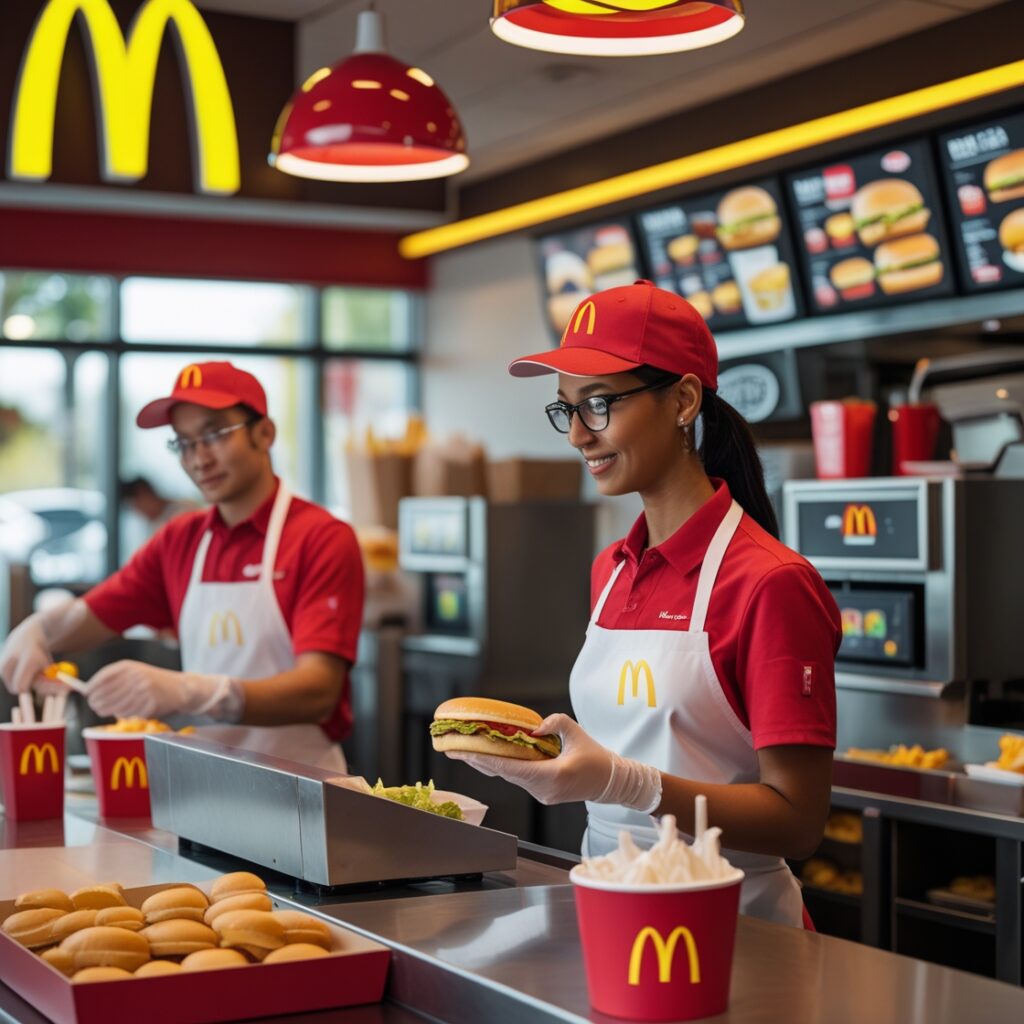
McDonald’s is a prime example with its standardized operations. Every Big Mac tastes the same worldwide due to strict cooking procedures, while drive-thrus and self-service kiosks speed up ordering. Efficient supply chain management ensures fresh ingredients are always available.
7. PHYSICAL EVIDENCE
Physical Evidence includes tangible elements that reinforce brand credibility and trust. This can be a store’s ambiance, packaging, website design, or even uniforms of staff.
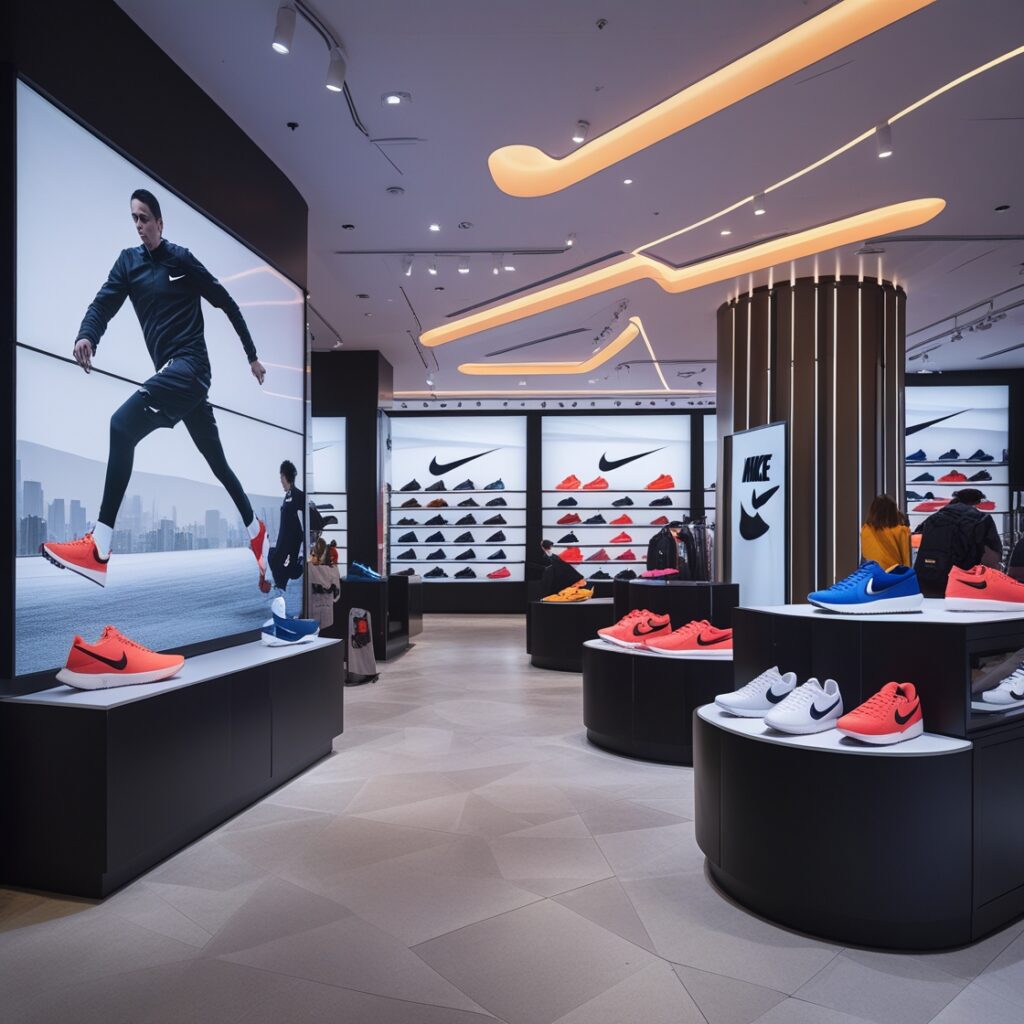
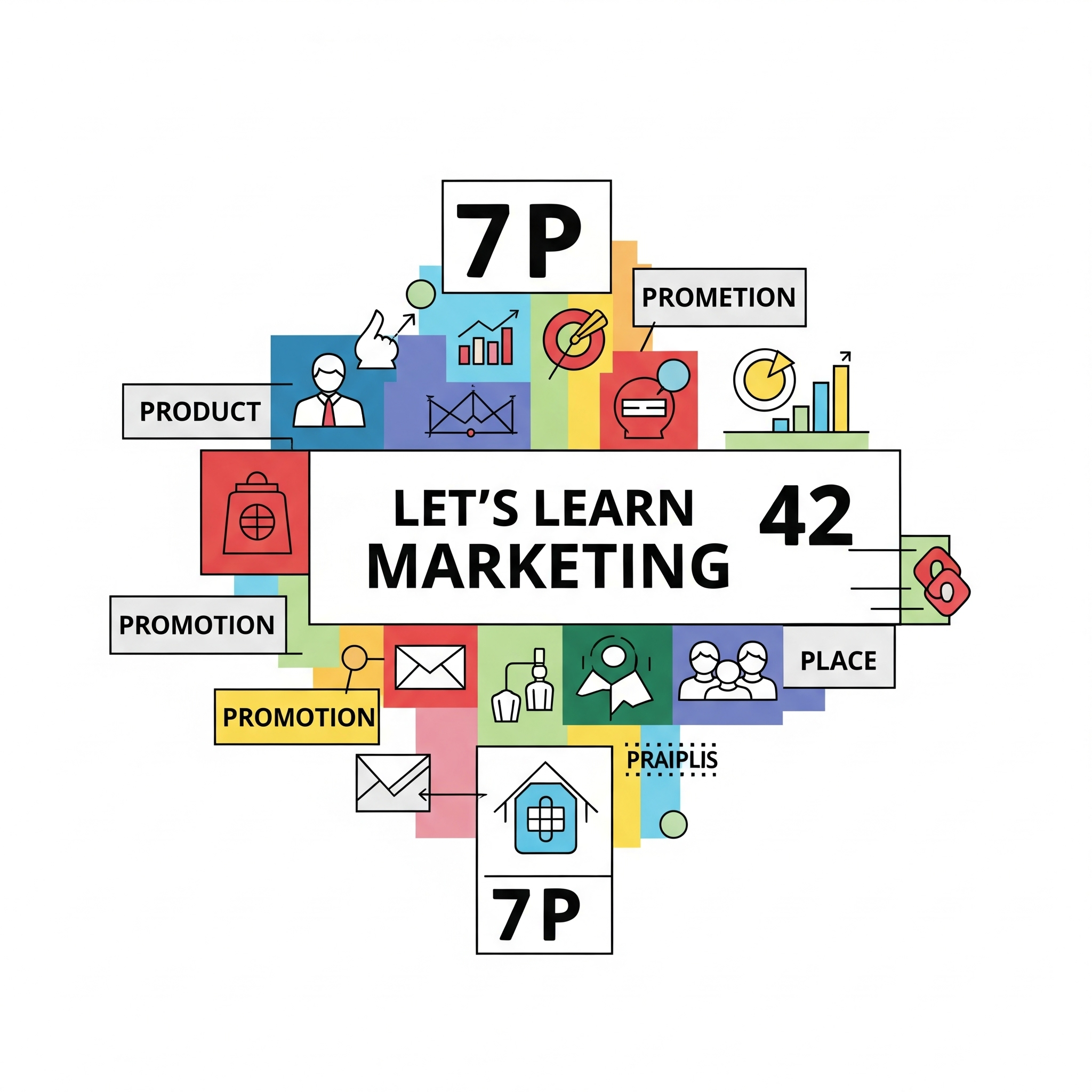


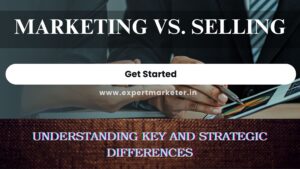

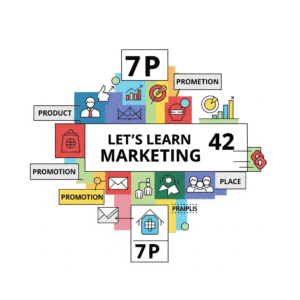
Post Comment